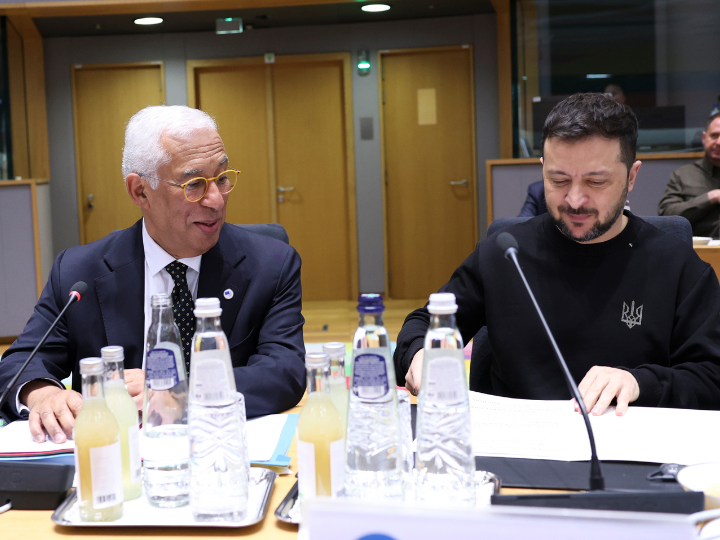N. Peter Kramer’s Weekly Column
A year ago, Mario Draghi, a former controversial European Central Bank president, was commissioned by the European Commission to carry out an analysis of the EU’s industrial competitiveness, and how to improve it. This week he made his findings public.
In his introduction to the 328-page report with 170 concrete proposals, Draghi paints a black picture. The EU is not in the best position. Economic grow is too low, there is too little innovation, labour productivity is far too low, investments are faltering, and the member states are often dependent on other power locs, for example when it comes to critical raw materials. Just to name some of his conclusions.
If the EU wants to be a global player, it needs first of all to close the innovation gap with the US and China, especially in the field of advanced technologies. An important area of attention is, of course, improving safety; the defence industry in the EU is not robust enough and does not cooperate enough.
According to Draghi, in order to digitise the economy, decarbonise and increase defense capacity, the investment rate as a share of the EU’s GDP must increase by 5 percent points, that is more than 700 billion euros per year! Who is going to pay? Commission President Ursula von der Leyen is clear about it: projects of common interest are subject to national contributions. Now it remains to be seen whether the leaders of the member states will all get carried away with Mario Draghi’s alarmist language and price tag.






